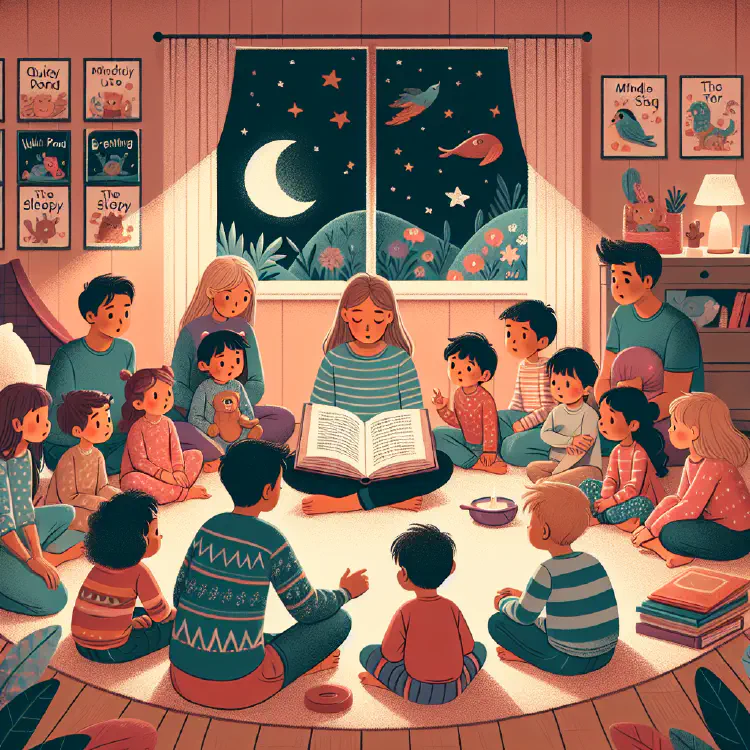
Bedtime Stories That Teach Mindfulness and Relaxation
Bedtime stories teach mindfulness and relaxation, helping children wind down, manage stress, improve focus, and develop emotional intelligence.

Bedtime stories teach mindfulness and relaxation, helping children wind down, manage stress, improve focus, and develop emotional intelligence.
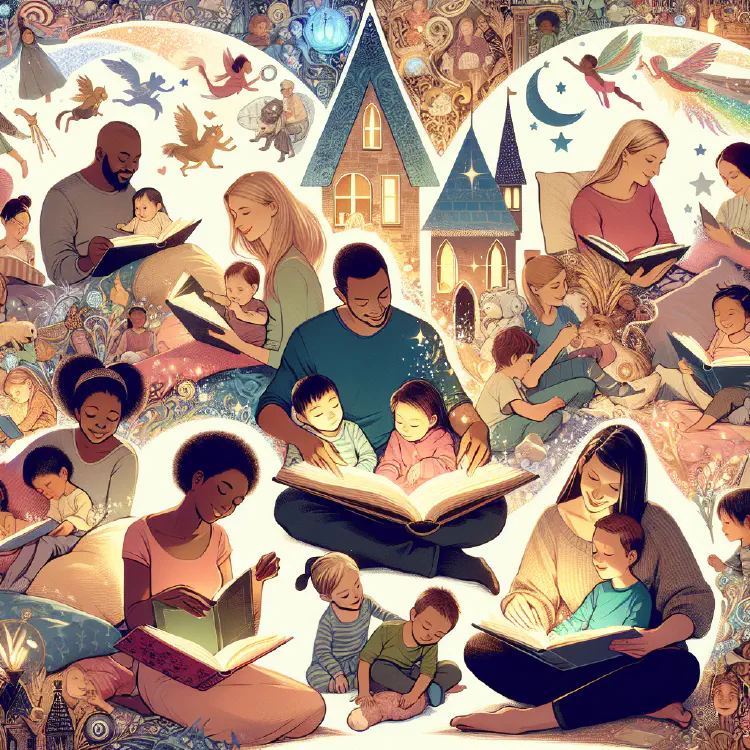
Fairytales are ideal bedtime stories, offering timeless themes, vivid imagery, familiar structure, moral lessons, adaptability, and cultural diversity for children's peaceful slumber.

Bedtime stories create lovable characters by tailoring to child's interests, giving unique traits, developing backstories, using descriptive language, and creating distinct voices.
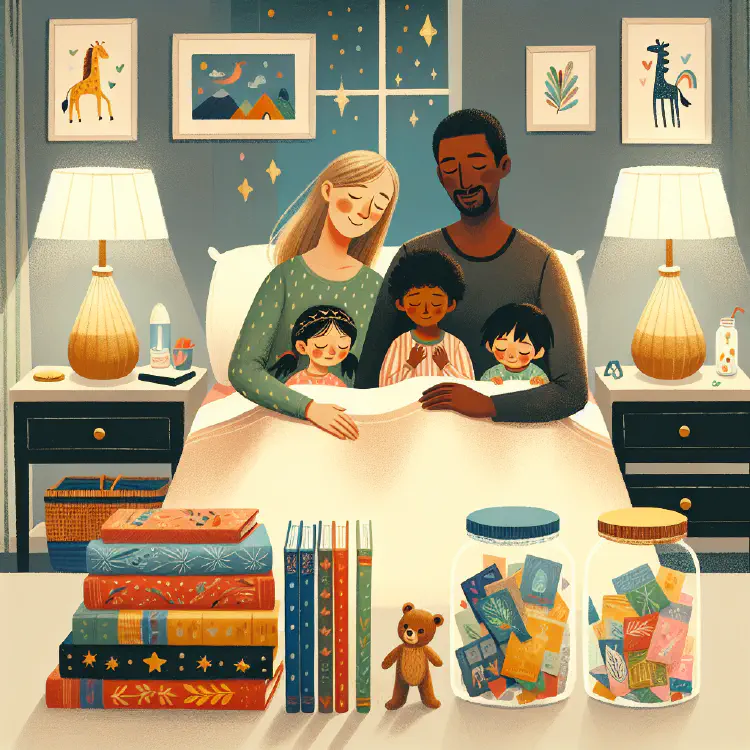
Bedtime stories about gratitude can instill positive values, encourage reflection, and create bonding opportunities while setting a positive tone for sleep.
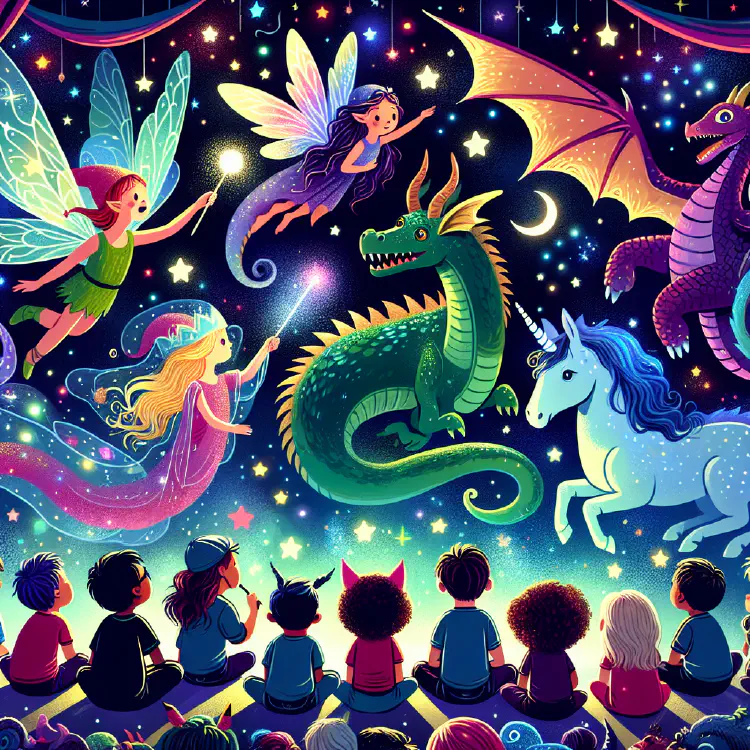
Magical creatures in bedtime stories captivate children's imaginations, teach valuable lessons, and enhance language development while fostering a love for storytelling.
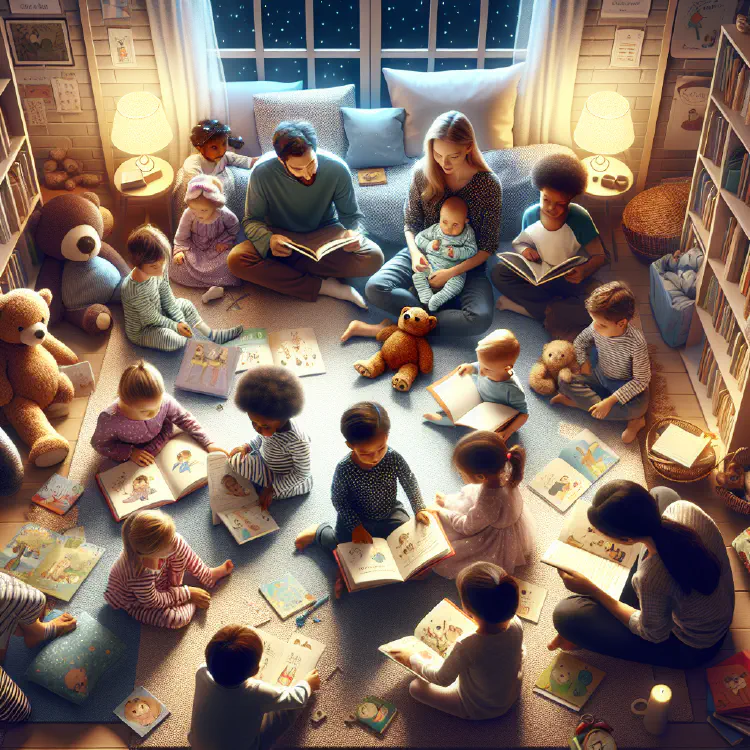
This guide explores choosing bedtime stories for different age groups, from infants to elementary-age children, highlighting benefits and providing specific book recommendations.